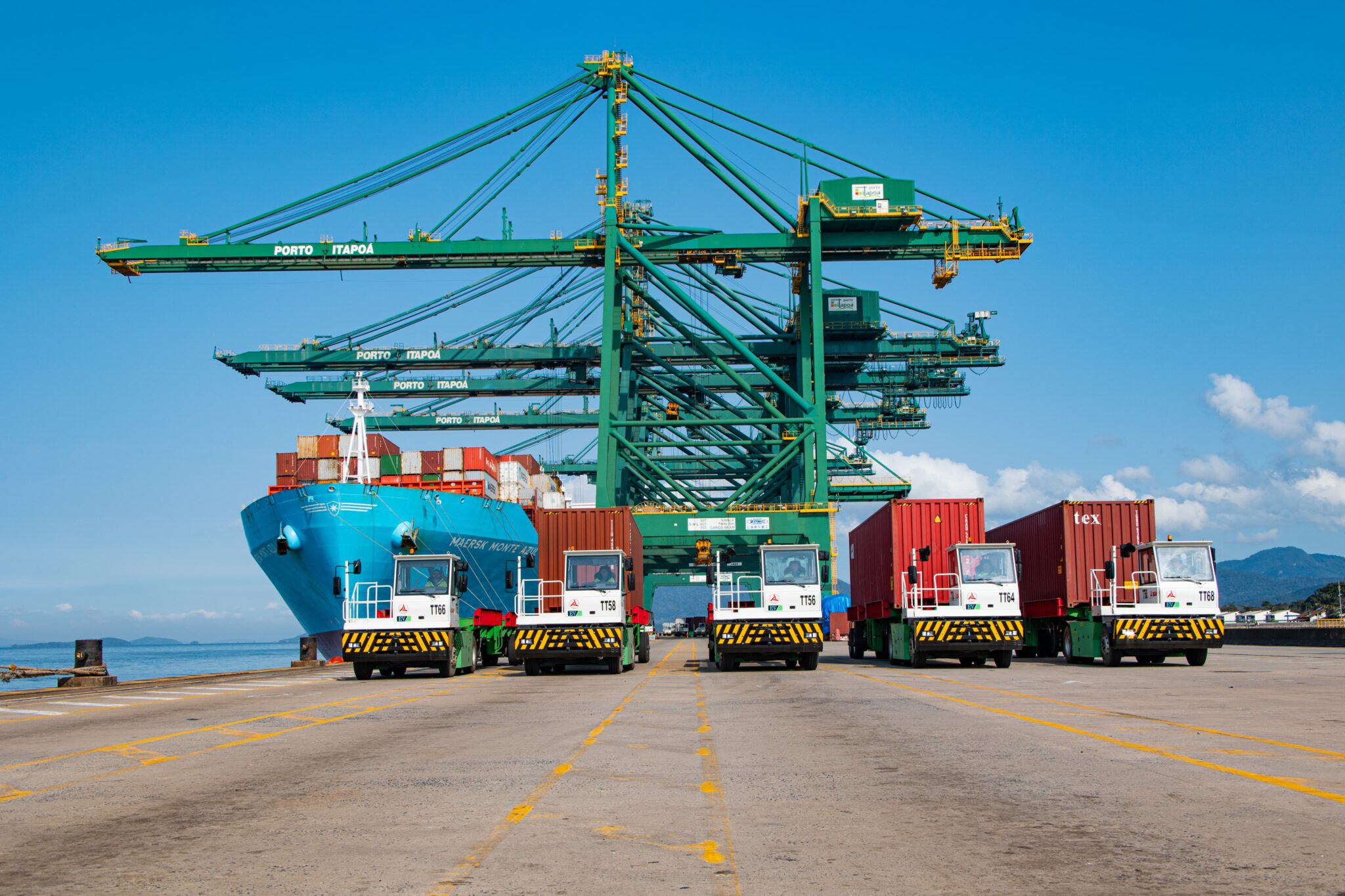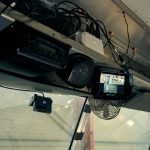Porto Itapoá is beginning Phase Four of its expansion, which is likely to cost a total of R$ 500 million over the next 12 months. This project is the next stage in the continual growth of this terminal, which has already established it within the top four in Brazil and which could make it the largest and most efficient in South America, by 2033.
Porto Itapoá is located in Babitonga Bay, Santa Catarina state/South Brazil. It has a yard area of 455 thousand square metres and the capacity to store 31 thousand TEUs (unit of measurement equivalent to a 20-foot container) and transport up to 1.8 million TEUs per year. Felipe Fioravanti Kaufmann, the Director of Business Development and Customer Experience at Porto Itapoá, explained that the infrastructure would be expanded even further in this next phase, in order to meet the growing demand, both domestically and internationally. “This expansion will add another 120,000 m² to the yard. We are also planning to purchase additional high-tech equipment which we expect to improve the terminal’s efficiency and sustainability,” he said.
The most significant of these new investments is the purchase of an additional container crane, which is an essential part of transporting containers on large ships. This will be the eighth at Itapoá. “In August of this year, our seventh container crane became fully operational and we have already seen a 15% increase in productivity as a result,” stated Kaufmann.
The plan is also to extend the wharf very soon by a further 400m, adding to the current length of 800m. This will allow three large vessels to dock at the same time. Felipe Kaufmann also explained that this expansion has already been approved by IBAMA – Brazilian Institute of Environment and Renewable Natural Resources – and that the work would need to follow a strategic schedule.
The modernization plans also include buying twelve remote controlled RTGs (Rubber-tired gantry cranes). Porto Itapoá already has ten remote controlled RTGs and is the first port terminal in South America to have this technology. “These are hybrid cranes, which, not only reduces our fuel consumption, but also our carbon emissions,” added Kaufmann. The Terminal also has a further 17 conventional RTGs.

There are also plans to buy nine terminal tractors (TTs), trucks that transport containers around the yard and the wharf. The Terminal currently has 49 TTs, 20 of which are electric. It is the largest fleet of electric TTs in Brazil. “These TTs are powered only by renewable energy, in line with Porto Itapoá’s sustainability policy”, Kaufmann stressed.
The expansion also includes a further 1,080 outlets for reefers, which gives the terminal a total of 4,038 points. This firmly establishes Itapoá as the terminal with the largest number of reefer points in Santa Catarina and the second largest number in Brazil.
Another important acquisition that they have announced is a new state-of-the-art scanner. Porto Itapoá already has two scanners, which are essential in ensuring that cargo is transported safely.
Completion of Phase Three
On April 25, Porto Itapoá officially opened Phase Three of its expansion, in the presence of Jorginho Mello, the Governor of the State of Santa Catarina, Beto Martins, the then State Secretary of Ports, Airports and Railways, and officials from many departments, agencies, regulators, organizations, as well as customers, employees and the press. Phase Three added 200 thousand m² to the yard, including 8 thousand m² of warehousing, to complete an investment of R$ 815 million.
Porto Itapoá now has one of the largest container yards in Brazil (455 thousand m²), thanks to this expansion. This investment also included the purchase of some large equipment.
The access canal to Babitonga Bay
In September, IBAMA granted an Installation Permit for the dredging of the waterway access channel for Babitonga Bay.
The dredging project will increase the depth of the outer channel from 14 meters to 16 meters, which will allow vessels of up to 366 meters in length to navigate the bay. This will establish the terminal as a hub option, where the cargo for these larger vessels can be consolidated.
Now that the permit has been granted (this week), the Port of São Francisco do Sul can begin the tender process to select a company to carry out the work, which is estimated to cost R$ 300 million.
similar news
Cargo Carrier Transports Equipment in First Trip to Brazil Oil Region
The post Porto Itapoá Announces Phase Four of its Expansion appeared first on Logistics Business.


